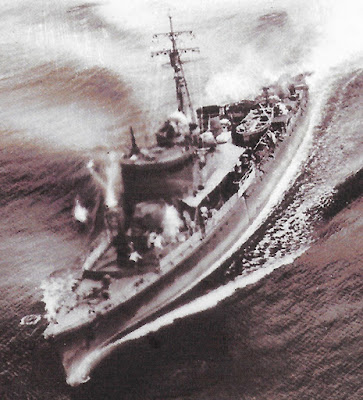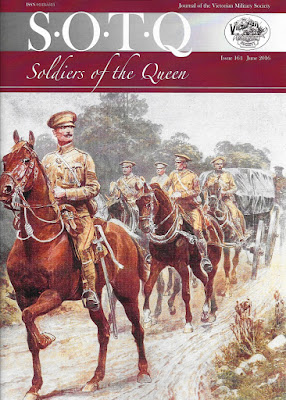Last Sunday Sue and I visited Scotney Castle, which is located near Lamberhurst in Kent. The property belongs to the National Trust, having been bequeathed to them by Christopher Hussey, who died in 1970. It was not – however – opened to the public until 2007, a year after the death of its last resident, Elizabeth Hussey.
The property consists of two main buildings – Scotney New Castle and Scotney Old Castle – which are separated by a series of lawns and gardens. We began our visit with a tour of the New Castle, after which we walked downhill to the Old Castle.
The New Castle – which is usually referred to just as Scotney Castle – was built between 1835 and 1843 as a replacement for the Old Castle, which was felt to have become too derelict to remain in use as a practical family home. The replacement was designed by Anthony Salvin in a style that has become known as ‘Tudor Revival’.
We entered
via the main doorway ...
... and our tour began in the main entrance hall, ...
... which was dominated by a magnificent fireplace.
From there we went into the library, ...
... and then back across the main entrance hall and along a corridor ...
... which gave access to the main dining room.
From there we went through the small dining room ...
... and into the kitchen, which was one of the more modern rooms in the castle.
We then retraced our steps along the corridor and back into the main entrance hall, whence we made our way upstairs using the wide wooden staircase.
As one would expect, most of the upper floor rooms were bedrooms ...
... although one room had been used as a drawing room by the last resident.
We then descended the stairs ...
... and exited the building.
After completing our tour of the New Castle, we made our way downhill towards the Old Castle.
The Old Castle is situated on an island, and the moat is crossed by a stone bridge.
The original building was deliberately ruined in order to make it into a garden feature or folly, although what remained was made secure, and for a time it was used to house some of the estate workers before being used as storage for some of the older equipment that had been used around the estate.
The rooms inside the Old Castle were empty, ...
... although its windows did give an interesting view of the surrounding moat and gardens.
Having finished our visit to the Old Castle, we returned uphill to the main building, and after a brief visit to the shop and the café, were returned to our car and made our way home.

































.jpg)













